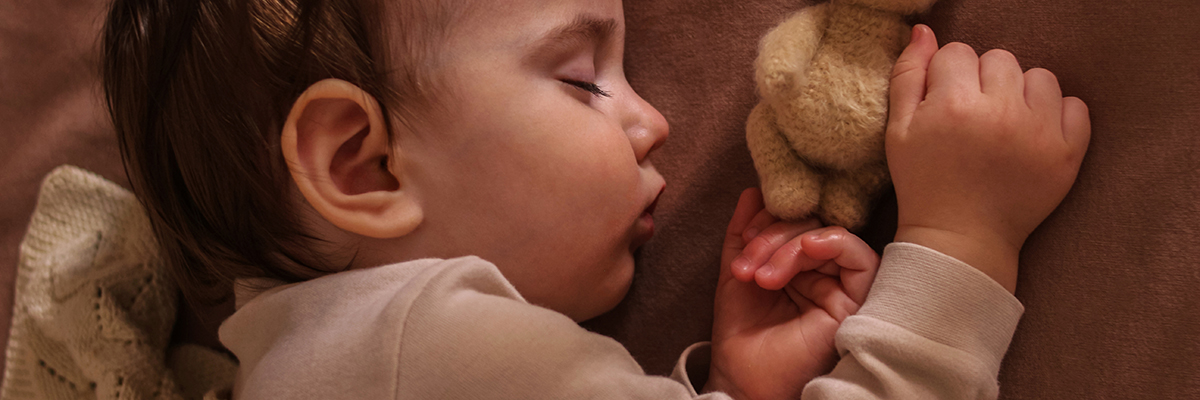Article at a Glance
- Plan ahead for a smooth transition.
- Let light (and lack of light) help you.
- Gradual adjustments are easier for everyone.
You finally got a regular sleep schedule with your little one, and now you’re dreading that daylight savings may undo all your hard work. This tiny one-hour adjustment can throw adults off their game, so it’s no wonder that babies and small kids become cranky over the change.
General Tips for Daylight Saving Adjustments
Whether you’re “springing forward” or “falling back” in daylight savings, a baby’s sleep schedule needs to stay as consistent as possible. Limiting the changes will help speed up your little guy’s adjustment window.
Follow these general sleep routines year-round.
- Spend time outside. Natural sunlight and fresh air can help your child get a more restful night. Be sure to take your child on walks, have picnics, or play in the grass if the weather permits.
- Maintain a consistent bedtime routine. Whatever nighttime routines consist of, don’t change it. Keep the good sleeping habits you’ve created. Continue to feed them, bathe them, brush their teeth, read them books, and sing them lullabies. The goal is to have a sense of normalcy and prepare them mentally for bed.
- Keep naps the same length. Refrain from lengthening or shortening naptime. Your baby’s internal clock will remain the same, so changing how long naptime is will confuse your child more.
- Wind down at the end of the day. Create a relaxed setting with calming activities as the day comes to an end. You can listen to soft music, read, and dim the lights. Refrain from overstimulating activities and screen time.
How to Prepare for “Spring Forward”
“Spring forward” daylight savings occur on the second Sunday in March. Kids (and adults) will want to go to sleep later for this time change. Here are some tips to ease your child into it:
- Let in the light. It’ll likely be lighter in the morning when you go ahead an hour. Let light shine in and fill your child’s room. Natural light exposure signals to babies that it’s time to wake up.
- Gradually go to bed earlier. Before March’s daylight savings, prepare your little one by starting the bedtime routine earlier. You can do this as early as one week before the second Sunday in increments of 10 minutes a day. For example, if bedtime is at 7:00, Monday’s bedtime before daylight savings can change to 6:50. Tuesday will change to 6:40, and so on.
How to Prepare for “Fall Back”
“Fall back” daylight savings occurs on the first Sunday in November. Babies will wake up earlier during this time change. Here are tips to help your baby adjust:
- Make the room dark. By the time it’s bedtime after November’s daylight savings, it still may be light outside. Consider investing in some blackout curtains to limit how much light enters your baby’s room. The darker it is, the easier it is to sleep.
- Gradually go to bed later. Have your child go to bed 10 minutes later each day for a week before the time change. You may also need to move your wind-down time and bedtime routine ten minutes later.
With sufficient planning and preparation, you can get the whole family ready for a smooth for daylight savings switch. The key is creating minor time adjustments and sticking to your normal bedtime routine. If you continue having problems helping your baby adjust, try reading the article “How can I get my child to fall asleep and stay asleep” or set up an appointment with your pediatrician.
Posted in Fall/Winter Tips, Infants, Parenting Articles & Tips, Pediatric Articles, Spring/Summer Tips
|
Tagged baby, bedtime, daylight savings, fall back, naptime, newborn, sleep, spring forward, time change, toddler
Share this article:
